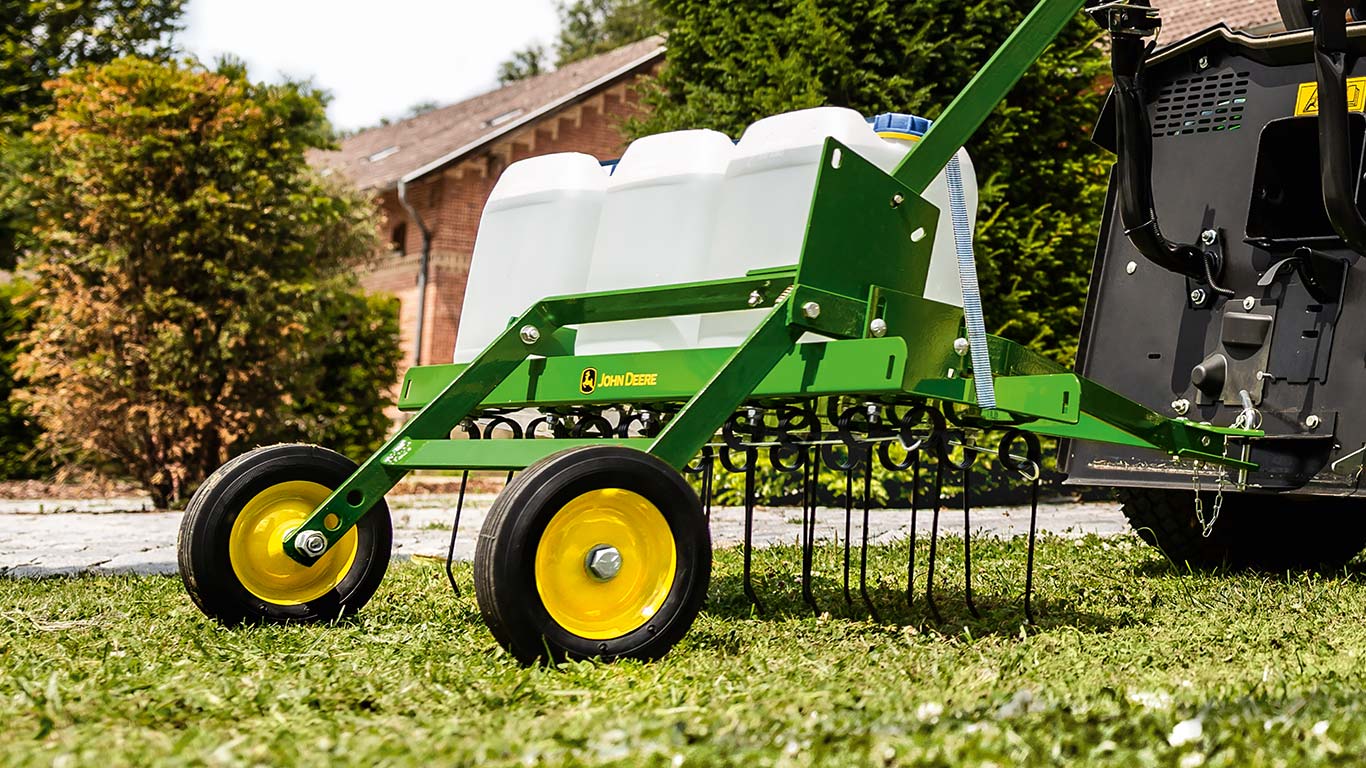It’s spring: time to go on thatch patrol
What are we talking about? That layer of dead turfgrass tissue that’s buried in your lawn is called thatch. Here’s why you don’t want it and how to get rid of it.
Ever notice that layer of dead grass and other organic residue that builds up on your lawn over fall and winter? It’s called thatch, too much of it is bad for your lawn, and it means you need to “dethatch”.
Why is too much thatch bad? Because it can prevent water and nutrients from getting where they need to be – the root zone. So if you want healthy, thick, and resilient grass, you better take a look at that thatch layer. A good indication of excessive thatch is if your lawn feels spongy when you walk on it.
The best time to dethatch is spring, after the active growth phase of your grass and after it’s been mowed a few times. For warm-season grasses that means dethatching later in spring, while cold-season grasses benefit most from dethatching in early spring and early fall.
So, how to best get rid of excessive thatch? Well, if your lawn surface area is not too big, a good-ole rake will be just fine.
However, for bigger lawns, there’s dethatching technology that works with your X100: the 40-inch Thatcherator from John Deere. Use it to effectively scarify or dethatch your lawn with its 20 spring tines, and even add up to 45kg of weight if needed. If you have paved areas you need to cross to access your lawns, you’ll also appreciate the Thatcherator’s transport mode.
